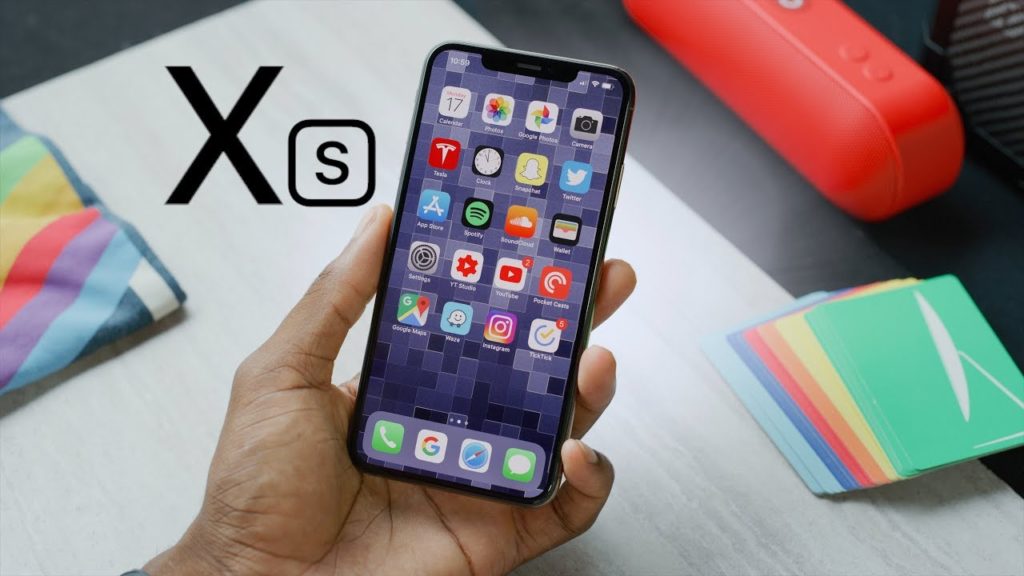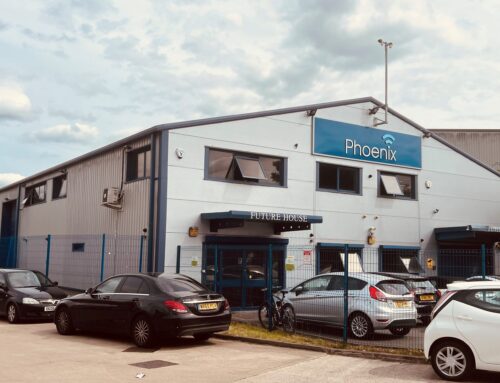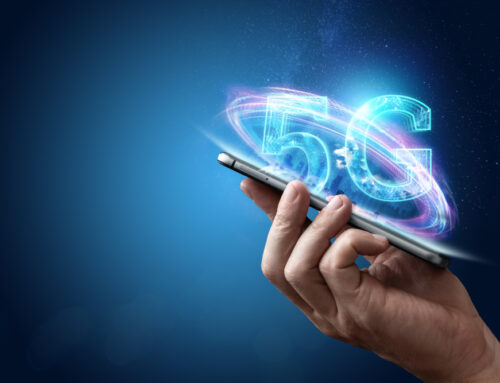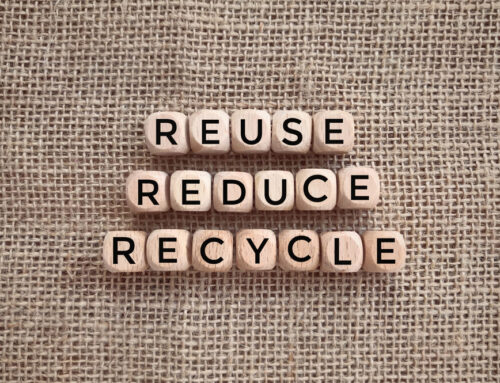 Compared to the usual fanfare that accompanies a new iPhone launch, the release of the 2018 offering has been decidedly muted. Perhaps that is because, rather than slapping its adoring public with an entirely new range, this time out Apple has decided to riff on an existing theme, following up last year’s iPhone X with three new variations – the XS, XS Max and XR.
Compared to the usual fanfare that accompanies a new iPhone launch, the release of the 2018 offering has been decidedly muted. Perhaps that is because, rather than slapping its adoring public with an entirely new range, this time out Apple has decided to riff on an existing theme, following up last year’s iPhone X with three new variations – the XS, XS Max and XR.
The inevitable question asked about brand variations is – who are they for? For two of the three new models launched this year, that is a relatively straightforward question to answer. The XR is a cheaper version for people who want the latest iPhone on a (relative) budget, the XS Max is a large screen version for those who like a little more real estate in their pocket.
But what about the iPhone XS? It is ostensibly an upgrade on the iPhone X, and therefore targeted at either a) at those who missed the boat with the X last year, or b) at iPhone lovers who simply have to get a new upgrade each time one is available. But while you can just about understand the latter way of thinking if Apple brings out a brand new range each year, is it really worth forking out close to £1000 for a variation if you grabbed yourself an iPhone X just 12 months ago?
If aesthetics is what drives you to seek the latest cutting edge designs, there is, as you might expect, virtually nothing to choose between the iPhone X and XS – the XS keeps the 5.8” OLED full front screen first introduced by Apple 12 months ago.
It all comes down to features and performance. Aside from the OLED full front screen, the headline grabber with the iPhone X was the TrueDepth front camera which, with its 3D mapping capabilities, enabled Face ID.
The XS makes a number of improvements to camera functions without any having quite the same wow-factor as Face ID. The new Smart HDR mode will please today’s legions of wannabe-snappers – Apple makes the astonishing claim that it triggers up to one trillion functions per photograph. This includes taking every photo at multiple exposure levels, with the option to select the best afterwards or, even neater, combine several into one final image. This is intended to greatly improve the quality of images taken in low light, for example.
There are, however, grumblings that Apple has included default ‘beauty’ settings on selfies which some users are not happy about, complaining about the over-the-top, Snapchat-esque effects.
Embedded SIM
Overall performance of the iPhone XS is better than its parent model, with the new A12 Bionic processor driving everything. For those who care about these sorts of things, the A12 is a six core neural engine capable of running up to five trillion processes a second – that’s compared to 600 billion on the previous A11 chip in the iPhone X. That all adds up to making the XS up to 30% faster, while it is apparently all set up for some impressive machine learning feats. AI could be coming to a smartphone near you.
Finally, probably the biggest buzz around the iPhone XS is that it is the first to feature an embedded SIM, or eSIM – that is, a SIM that is hard wired into the phone, rather than being removable. The eSIM is part of a dual SIM set up alongside a normal removable nano SIM. The benefit of an eSIM is that you can switch mobile operators without having to buy and insert a new SIM card – you just sign up for a service online.
This is hailed as great for travellers who want to avoid roaming charges, as they can keep their home SIM in and just sign up for local services wherever they travel. Be warned, however – this is currently only supported in 10 countries worldwide, although Apple’s decision to jump on the eSIM bandwagon is predicted to accelerate uptake.
So is the iPhone XS worth the £999 upgrade? As with all of these decisions, it is all a matter of personal choice. If you are big into photography and travel a lot to countries that already support eSIM, maybe. For everyone else, the best thing about it is that it will probably mean lots more cut-price iPhone X handsets appearing on the second hand market.


